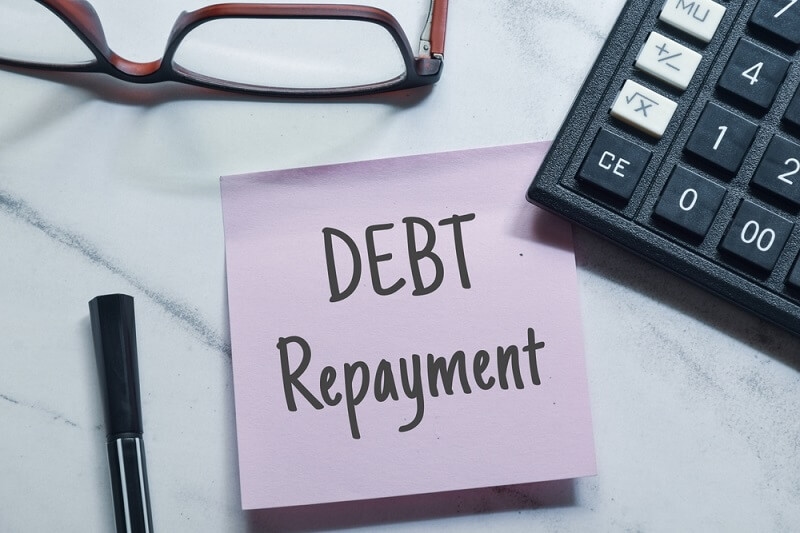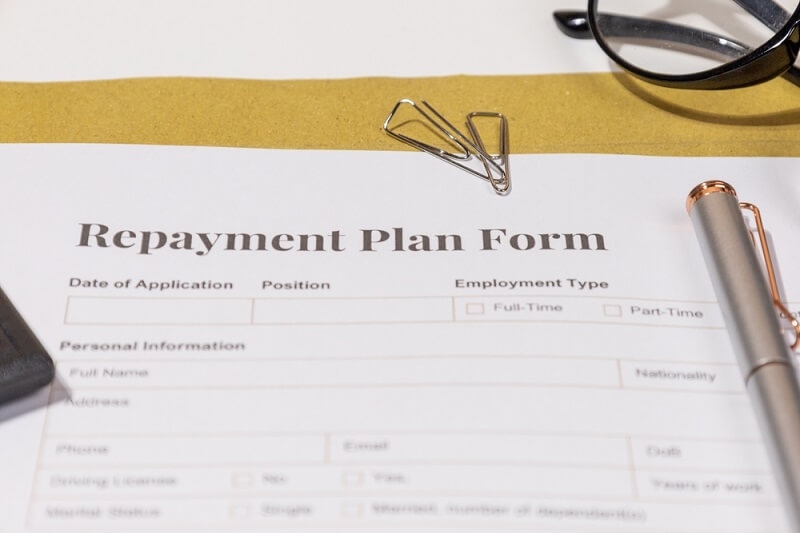
If you're drowning in debt, you're not the first person to experience this situation-and you're not alone-and there is a way out. Learning how to pay off debt faster with smart repayment strategies is not just a bill paying experience; it's about the case of having a future where money works for you.No matter if you're dealing with credit card debt, personal loans, or are neck-deep in student loans, with the correct plan, you'll be able to speed along your journey to financial independence.
This blog will take you through the best debt repayment techniques, contrast the differences between the snowball vs avalanche methods, and lead you to a customized debt-free path plan that suits your style of living. You'll learn how to minimize debt tension, steer clear of frequent errors, and take charge of your financial fate.
Before getting too far into personal finance, it is important to understand that regional market trends matter quite a bit when it comes to debt accumulation and income possibilities. Living on the East coast as opposed to living on the West coast will greatly impact your budgeting practices, cost of living, and even opportunities to factor in things like quick debt pay off.
While it is true that the East Coast, including urban centers such as New York, Boston and Washington, D.C., is home to major industries such as finance, health care, law and government services which all offer lucrative salaries, it is also true that the cost of living can quickly erase any earnings earned after taxes and living expenses. There are higher rent, transportation, and health care costs, so it is not difficult to rack up debt if you aren't careful.
At the same time, the West Coast, especially California and Washington, is technology-based. Industries such as technology, entertainment, clean energy and start-up businesses certainly provide loads of earning potential, but housing and lifestyle costs add up quickly too. When mapping your approach to debt management on either coast, you need to make sure your plan is tailored based on your earnings and expenses.
To eliminate your debt quickly, you will need a practical, actionable step-by-step plan. Not all of these debt plans are experimental; these are proven, from real people who have each paid off thousands of dollars in debt.
Get all your loans together: credit card debt, student loans, personal loans, auto loans, etc. List interest rates, payments, and due dates. Getting the big picture will let you determine which payment plan is best for you.
Two of the best methods to repay debts are the snowball and avalanche methods. Recognizing which method to use can help you eliminate your debts faster and save you money, time, and stress.
Snowball Method
Here, you focus on paying off the smallest debt first, regardless of interest rate, and making minimum payments on the other debts. Once you pay off the smallest, you pay off the second smallest. You stay motivated because you are having quick wins.
Avalche Method
This method towards your high-interest debt saves you more money in the long run. There is more discipline required for this one, but you won't pay as much interest overall. Most experts recommend the impetus of taking this method if you're confident you'll keep motivation without quick wins.
Stick to one of these methods of debt repayment and you'll see real change in months not decades.
Credit card debt is perhaps the most prevalent—and costly—form of debt based on high interest. If you're seeking to know how to effectively pay off credit card debt, do this:
Don't add to the balance: Use cash or a debit card to stop the spiral.
Get your credit cards consolidated: Try a balance transfer card or lower-interest debt consolidation loan.
Increase your monthly payment: Even $50 more a month can significantly reduce your interest burden.
Automate your payments: This ensures you’re never late, avoiding penalties and credit damage.
Commit to a plan and cut unnecessary expenses to free up more cash toward your cards. These simple steps are part of any serious debt repayment strategy.
The student loan debt burden is an unfortunate reality for many Americans. When forbearances on federal loans expire and interest rates rise, it's time to strategize your payoff plan.
Adding student loans to your debt-free journey plan means no aspect of your financial responsibilities is neglected.

There is more to a debt-free journey plan than a checklist ... it is also an attitude adjustment. This plan includes realistic milestones, budget cuts, accountability check-ins, check-ins, etc.
Steady stream planning is key to implementing your intelligent debt repayment strategies and, eventually, seeing the debt disappear.
An aspect of debt that is often overlooked is the emotional impact. Stress from debt can be very real and often affects anxiety and creates relationship strain. It is now well documented that stress affects sleep, work performance, and quality of life.
Mitigating debt stress is critical to staying committed to your smart debt repayment approaches. A stress-free mind will allow you to make sound financial decisions.
We thought we would share a few tips for you to consider to pay off your debt even faster.
When you combine these with good-paying strategies, you'll be paid off quicker than you thought.
Even when we want the best, we make errors that hinder our progress. These are some to steer clear of:
Steering clear of these pitfalls keeps your debt-free plan on track and secures long-term success.
It's completely possible to get out of debt with discipline, planning, and the right resources. Whether you're breaking down how to pay off debt quicker using smart repayment tactics, deciding between the snowball vs avalanche method, or coping with student loan debt, the solution is consistency and action.
Embrace your financial journey and own your future today. Begin creating your debt-free journey plan, implement the top debt repayment strategies, and see your stress plummet and your freedom soar. It won't be easy, but it will be worth it.
This content was created by AI